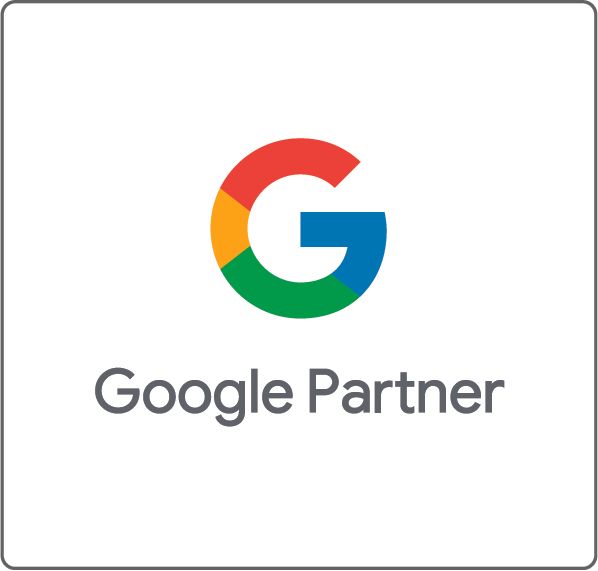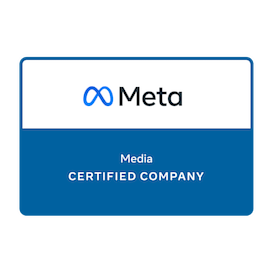2018 Digital Marketing Trends
It’s that time of year again where we look back at the past year and look forward to 2018. As a digital marketer, that means anticipating trends and positioning your company for success. In a digital era, it’s important to note that not all trends should be adopted by all brands, and you must decide what makes sense for your company. Let’s dive right in!
- Augmented reality (AR) will become mainstream.
I know we’ve been hearing this for years and it’s already partially true. However, larger players in the market continue to adopt this technology and it’s being widely accepted by consumers. These two factors are crucial to understanding the true potential of augmented reality.
In recent weeks we have seem companies like Apple, Facebook, and Snapchat all release toolkits for AR. These toolkits open up the world of AR for brands wanting to use the technology in their respective domains. Snapchat and Facebook are currently the most obvious players in the industry with AR filters/masks and stickers. On December 11th, Google entered the AR industry by releasing their first ARCore app “AR Stickers.”
In addition to their own creative stickers, Google included two branded sticker collections, Stranger Things and Star Wars. The Star Wars stickers are exclusive to the Pixel 2 launch for now. This function works within the Android camera (requires 8.1 update) just like it would through Snapchat and Facebook. This is huge considering Android holds 85% of the world’s market share for operating systems on cell phones.
Apple also released a huge AR update with their latest IOS, which allowed companies to use their ARKit to develop apps. IKEA is just one of the success stories from this update. They improved the customer experience through their “Ikea Place” app that allowed customers to test furniture within their homes. The AR items would be displayed through the camera with accurate dimensions; allowing the customer to see what worked within their living environments.
Apple, Google, Facebook, and Snapchat all understand that AR is the future and what customers want. The next step is for brands to utilize these platforms and deliver engaging content. Whether it’s improving the customer experience like IKEA or adding more engagement and building excitement for the new Star Wars movie, companies will continue to test and expand the possibilities of AR technology.
2. Voice Search is on the rise
With the rise of Voice assistants this trend shouldn’t be much of a surprise. Amazon’s Alexa, Google’s Home Smart Assistant, Apple’s Siri, and Microsoft’s Cortana continue to improve in terms of reliability and efficiency. Usage for these devices rose by 22% in 2017, according to eMarketer. This steady rise and overall acceptance of AI assistants can be seen by consumer habits. Google claims 20% of all searches on Android devices are done through voice and ComScore predicts that 50% of all searches will be done through voice by 2020. Logically, this makes sense with the availability of devices and the idea that people talk faster than they can type. The reliability of these devices makes this a great alternative when your hands are busy. Whether you are cooking in the kitchen, driving, or lounging on the couch, AI assistants will be eagerly waiting to help you with any task. These searches still rely heavily on common SEO/SEM strategies and companies now more than ever should make sure they are doing all they can to appear at the top of searches related to their brand. I won’t dive into SEO tactics but I recommend looking through Google’s SEO vs. PPC resources.
3. Influencer Marketing
This trend isn’t new but it’s becoming more crucial as customers trust social media personalities, sports athletes, and industry experts more than large consumer brands. The important thing to remember when picking influencers is that they should align with your company goals. For example, let’s look at “Ryan’s ToyReview”,one of the largest YouTubers in the world. Ryan is a 6 year old who reviews kids toys. Of course, it’s mainly his parents running the channel but the real influencer at work is Ryan.
Hundreds of companies have sent their toys to Ryan in hopes to partner with their channel. However, sending Ryan the newest wireless headphones, or the new laptop wouldn’t exactly fit his brand. Brand fit ensures that you are targeting the correct audience with your influencer partnership.
It’s also wise to pick a unique influencer and avoid one that might work with your competition. A unique influencer also holds the idea that they are authentic and doesn't just promote any product/brand that throws money at them. These influencers should actually use the products and love the brand. An example of this would be Razer, a provider of PC gaming equipment, who partners with rising eSports teams who promote their gear to gamers all around the world. Selecting the right influencer is the most important part of influencer marketing.
The final step for influencer marketing is what content they should “influence.” My recommendation is to allow the influencer creative autonomy. Provide talking points and the overall message you want them to convey but allow them to create the “ad.” You picked them for a reason. Their fans love them for who they are and what they do. This makes the message that much more authentic and can really separate your brand from the competition. The idea of having an influencer is to not sound like a typical ad, but rather use their voice to promote your brand and ensure that their fans will also support you.
These are just three trends that I believe will change the digital marketing landscapes in 2018 but be sure to keep an eye out for others. Marketers must be aware and be willing to adapt as they progress through 2018. I don’t about you, but I am excited to see what 2018 brings!
Never miss an update from “The Shoppe,” sign up for our email list today!
Subscribe
Sign up with your email address to receive news and updates.
Subscribe
We will get back to you as soon as possible.
Please try again later.
We respect your privacy.



Address
4 Corporate Drive,
Clifton Park, NY 12065
Shopper and Marketing Insights to Your Inbox!
Sign up with your email address to receive updates and insights from the SparkShoppe team!
Newsletter footer
We will get back to you as soon as possible.
Please try again later.
We support your right to privacy and therefore will not disclose your personal data to other organizations, third party vendors, suppliers or marketers.
© 2024 All Rights Reserved | Privacy Policy | Accessibility Statement













